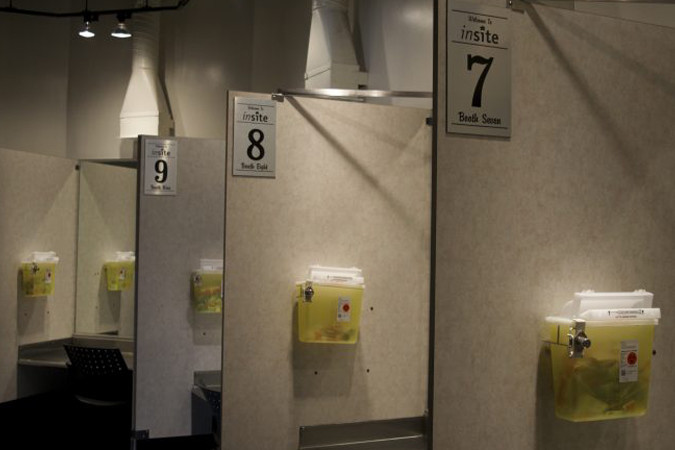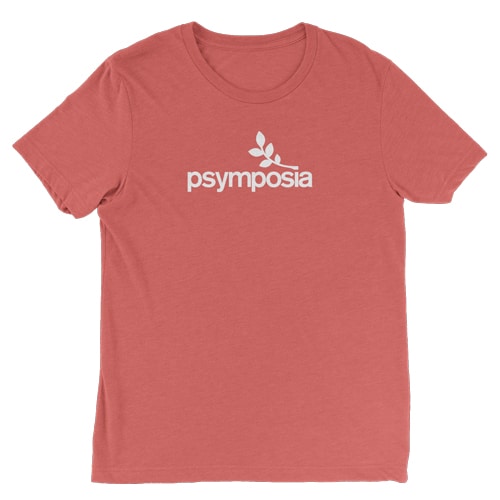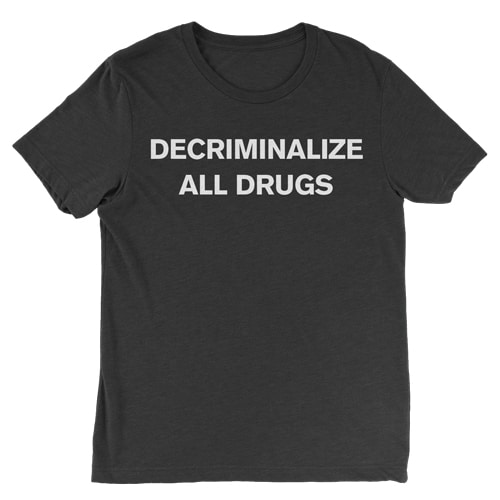Canada Approves Legal Heroin For Severely Addicted Patients
Canada has amended its policies on heroin to allow doctors to prescribe the drug to patients suffering severe addiction.

Psymposia is a 501(c)(3) nonprofit research and media organization that offers critical perspectives on drugs, politics, and culture. We rely on contributions from our readers and listeners. Your support is vital to sustaining Psymposia.
Support Psymposia’s independent journalism on Patreon and help us drive the Mystery Machine! We’re a bunch of meddling kids who are unmasking the latest shenanigans on the psychedelics beat.
On Tuesday, September 13, 2016 the Canadian government amended its policies on heroin to allow doctors to prescribe the drug to patients suffering severe addiction. It now allows doctors to apply for a permit through the national Special Access Program to obtain and distribute to patients diacetylmorphine, or pharmaceutical-grade heroin.
Under the new regulations, doctors must show that before giving the drug to patients, “traditional options have been tried and proven ineffective.” These other options may include methadone or buprenorphine treatment as well as different forms of rehabilitation. The drug must be administered in a controlled and supervised medical setting. The new amendments are a continuation of other public health-centered approaches towards heroin use in Canada.
The country is home to the first ever supervised injection facility in North America, InSite clinic in Vancouver, British Columbia. The clinic opened in 2003, after it was granted a special exemption from federal drug law. InSite sees an average of 850 addicted patients per day, who receive sterile needles and other supplies for injection.
The patients–who bring their own drugs–sit in a room with twelve booths outfitted with mirrors, and are monitored by nurses as they inject. InSite also has a detox facility and provides transitional housing for patients. The clinic survived an attempt in 2011 by former Prime Minister Stephen Harper’s government to shut it down. The Canadian Supreme Court rejected Harper’s proposal, arguing that the clinic reduced fatal overdoses and the spread of diseases in Vancouver.
Vancouver was also the site of a key heroin study that paved the way for the new legislation. Between 2005 and 2008, researchers at the Providence Healthcare Crosstown Clinic conducted the North American Opiate Medication Initiative (NAOMI), the first-ever clinical trial of prescription heroin in North America.
Unlike at InSite, this clinic provided its own pharmaceutical heroin to the patients. The study found that after a year, patients showed “improved physical and mental health, were 62% more likely to remain in addiction treatment, and 40% less likely to take illegal drugs and commit crimes to support their habit than were those treated with methadone.” Providence Clinic then followed up with its 2011-2015 Study to Assess Longer-term Opioid Medication Effectiveness (SALOME), which compared the efficacy of treating addicted patients with heroin and hydromorphone.
In this study, patients were administered either heroin or hydromorphone at the clinic three times a day, monitored by doctors and other medical personnel. The researchers also offered other forms of social support to the patients, by helping them find employment, housing, health care, disease testing, and psychiatric care.
In 2013, Providence Clinic submitted a request to Canada’s Special Access Program for authorization to continue prescribing heroin to certain participants once they completed the trial. The researchers were convinced they saw positive change in these patients’ lives, and wanted to continue their treatment. Health Canada granted them the right to do so in September that same year, but in October Canada’s Health Minister Rona Ambrose objected and moved to ban doctors from prescribing the drug outside of a clinical trial.
The clinic and five of its patients protested Ambrose’s move in the Supreme Court and in May 2014 were successfully granted an injunction and allowed to continue their program. In November that year, Providence Clinic became the first ever facility in North America to legally prescribe heroin to patients outside of a clinical trial.
The two Providence Clinic studies showed that heroin-assisted treatment (HAT) could have some benefits for certain people. While methadone or buprenorphine-therapy were understood to be the most effective treatments for heroin addiction, the researchers showed that a small population of heroin users did not respond well to these treatments and would not continue their treatment programs. Eugenia Oviedo-Joekes, an associate professor at the University of British Columbia and a leader of the NAOMI study, explained that for a small number of severely addicted patients, methadone treatment alone would not be effective: “Methadone doesn’t work all the time for everybody. Methadone works very well as a first-line treatment.”
The clinic stressed that HAT should be a last resort and is not recommended for the majority of heroin users: “Treatment with hydromorphone or diacetylmorphine [heroin] under supervision is an intensified treatment option for people who have tried all other treatment options and continue injecting in the street. It is estimated that no more than 10% of all patients receiving substitution treatment will need to be treated in these clinics.”
Taken together, the NAOMI and SALOME studies show that traditional treatments such as methadone may not always be the most effective for everyone, and that providing pharmaceutical heroin to patients in a controlled and supervised environment can help patients stabilize their lives. This can further help eliminate the myriad lifestyle problems such as crime, prostitution, unemployment, disease, homelessness, and poverty that many addicted patients face.
To put that into dollar terms, a patient in the Providence Clinic costs Canadian taxpayers about C$27,000 a year, while an untreated patient outside of the program costs taxpayers C$35,000 in additional jail and health care expenses (Canadian Medical Association Journal).
Oviedo-Joekes explains further that opioid deaths in Canada are rising, and in British Columbia alone the total deaths this year may reach 800–more than double last year’s count. One of the drivers behind the rise in overdoses is fentanyl. Fentanyl is a synthetic opioid–often given to cancer patients–that is 30 to 50 times more potent than heroin. Street heroin may often be mixed with fentanyl, and drug users are unaware of this.
According to the Canadian Center on Substance Abuse, fentanyl was implicated in 655 deaths across the country between 2009 and 2014. The new prescription program, then, will ensure patients receive a pure form of the drug and thus reduce the risk of overdose. Members of Canada’s Conservative Party say they remain opposed to the new regulation. “Our policy is to take heroin out of the hands of addicts and not put it in their arms,” said Colin Carrie, the party’s spokesperson on health policy, in an interview with The Washington Post.
According to Providence Clinic, heroin-assisted treatment (HAT) has been officially adopted in the UK, Switzerland, Germany, Denmark, and the Netherlands. Switzerland was the first country to enact such a program in 1994.
Hey! Before you go… Psymposia is a 501(c)(3) non-profit media organization that offers critical perspectives on drugs, politics, and culture. We strive to ask challenging questions, and we’re committed to independent reporting, critical analysis, and holding those who wield power accountable.
Our perspectives are informed by critical analysis of the systemic crises of capitalism that have directly contributed to the unmitigated growth of addiction, depression, suicide, and the unraveling of our social relations. The same economic elite and powerful corporate interests who have profited from causing these problems are now proposing “solutions”—solutions which both line their pockets and mask the necessity of structural change.
In order for us to keep unpacking these issues and informing our audience, we need your continuing support. You can sustain Psymposia by becoming a supporter for as little as $2 a month.





